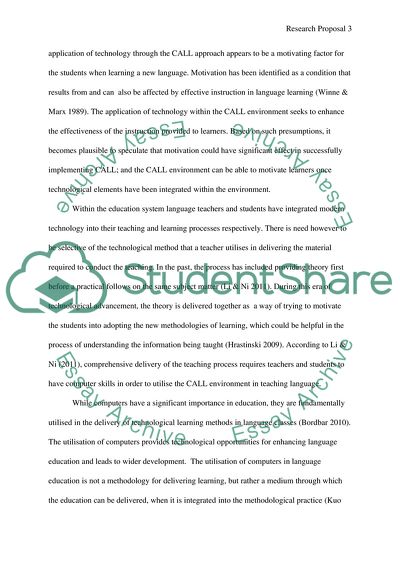Cite this document
(Students Attitudes towards Motivation and Technology in a Turkish Research Proposal Example | Topics and Well Written Essays - 2500 words, n.d.)
Students Attitudes towards Motivation and Technology in a Turkish Research Proposal Example | Topics and Well Written Essays - 2500 words. https://studentshare.org/education/1855369-students-attitudes-towards-using-social-networking-in-turkish-language-classes-a-wiki-example
Students Attitudes towards Motivation and Technology in a Turkish Research Proposal Example | Topics and Well Written Essays - 2500 words. https://studentshare.org/education/1855369-students-attitudes-towards-using-social-networking-in-turkish-language-classes-a-wiki-example
(Students Attitudes towards Motivation and Technology in a Turkish Research Proposal Example | Topics and Well Written Essays - 2500 Words)
Students Attitudes towards Motivation and Technology in a Turkish Research Proposal Example | Topics and Well Written Essays - 2500 Words. https://studentshare.org/education/1855369-students-attitudes-towards-using-social-networking-in-turkish-language-classes-a-wiki-example.
Students Attitudes towards Motivation and Technology in a Turkish Research Proposal Example | Topics and Well Written Essays - 2500 Words. https://studentshare.org/education/1855369-students-attitudes-towards-using-social-networking-in-turkish-language-classes-a-wiki-example.
“Students Attitudes towards Motivation and Technology in a Turkish Research Proposal Example | Topics and Well Written Essays - 2500 Words”. https://studentshare.org/education/1855369-students-attitudes-towards-using-social-networking-in-turkish-language-classes-a-wiki-example.


